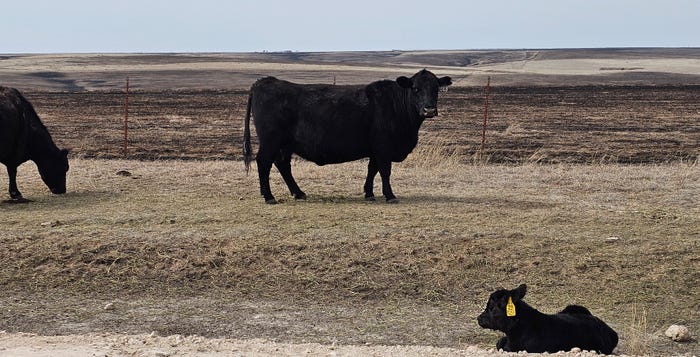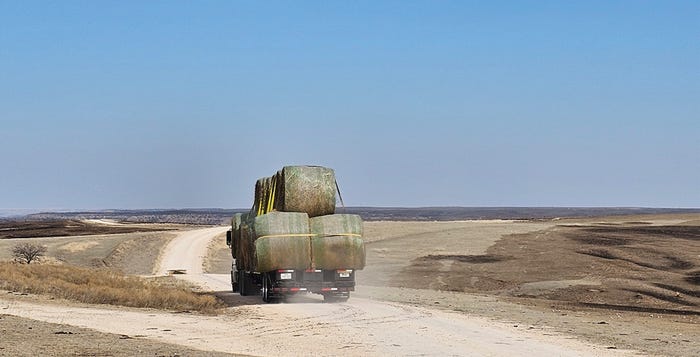
A month after the worst wildfire in Texas history burned more than 1 million acres in the Texas Panhandle, efforts are transitioning from “response to recovery.”
Monty Dozier, disaster assistance and recovery program director for Texas A&M AgriLife Extension, says supply points continue to receive and distribute commodities. “Traffic in and out of the area is decreasing,” Dozier said. “But these folks still need a lot of support. So, we are now working on long-term plans to help producers as they move into late spring and early summer.
“Our livestock and rangeland specialists are offering educational programming, but Mother Nature needs to give us hand.”
He said the area needs rainfall as well as a warming trend. We need warm days, but even more important, we need warm nights. The grasses in the High Plains are warm season and need higher temperatures to recover.”

The big challenge, now, is determining how long to keep cattle off burned rangeland, said Monty Dozier, disaster assistance and recovery program director for Texas A&M AgriLife Extension. “That could be six months or two years.” (Photo by Shelley E. Huguley)
He said a little rain helps some. “We've gotten a little bit of moisture up there. But having grown up in that area, I realize that annual rainfall is only about 17 inches.”
Big challenges
The big challenge, now, is determining how long to keep cattle off burned rangeland, he said. “That could be six months or two years.”
Dozier said replacing fencing across the 17,000 square miles of burned rangeland will be daunting. “Ranchers face a big challenge to get fencing material and the labor force to put fences back up. They have many miles of fencing to repair or replace. And that is an expensive proposition.”
Dozier said estimates of property losses and cattle deaths remain uncertain. “We are getting closer to a more accurate estimate of cattle deaths and destroyed fences.”
Help still needed
He said ranchers still need help. Feed and fencing materials are top priorities. “Hay inventory is pretty good across the region. We make daily inventory checks, and many say they still have capacity to receive hay but are no longer in dire need.
“The main focus now is for protein and fencing material. Producers indicate they need protein tubs and mineral blocks. They lost a lot of mineral feeders in the fire.”

A hay donation arrives at a Miami, Texas, ranch. (Photo by Shelley E. Huguley)
Dozier said ranchers have either moved cattle to alternate grazing or are depending on supplemental feeding.
“I’ll know more next week about where cattle are. This will be a long-term recovery. It was the largest wildfire in Texas history.”
Hemphill County lost significant rangeland from the fire, and early estimates indicated cattle deaths into the thousands.
About the Author(s)
You May Also Like






